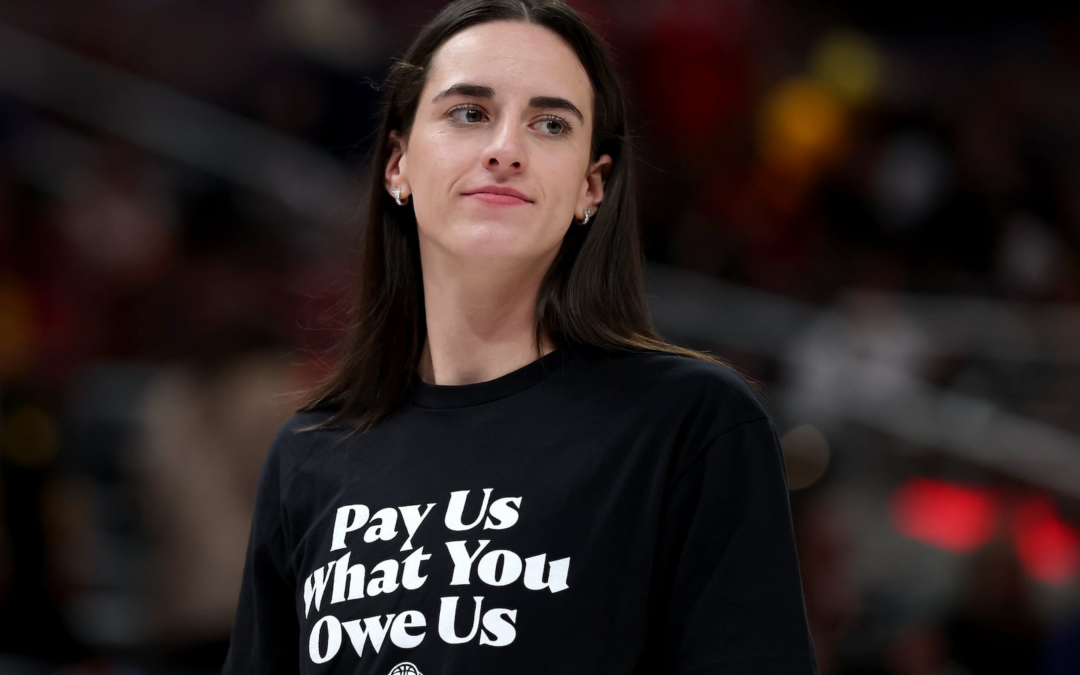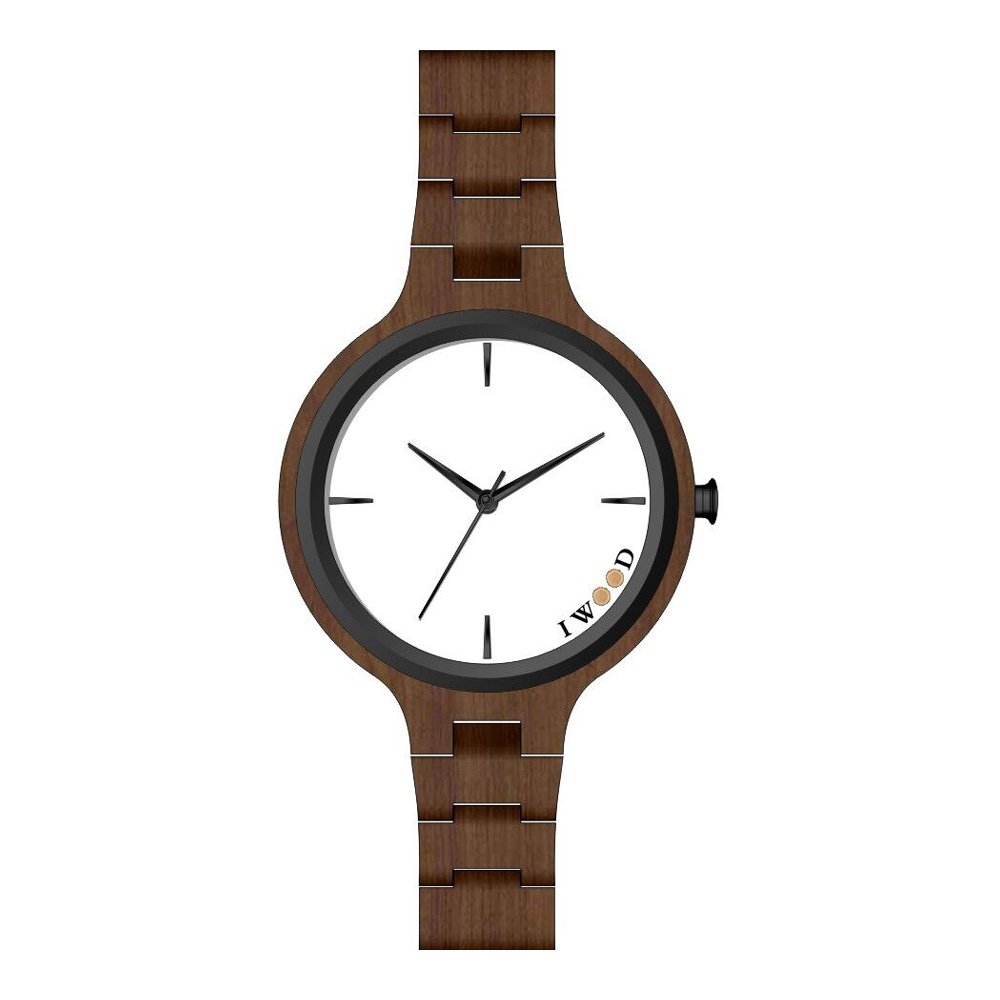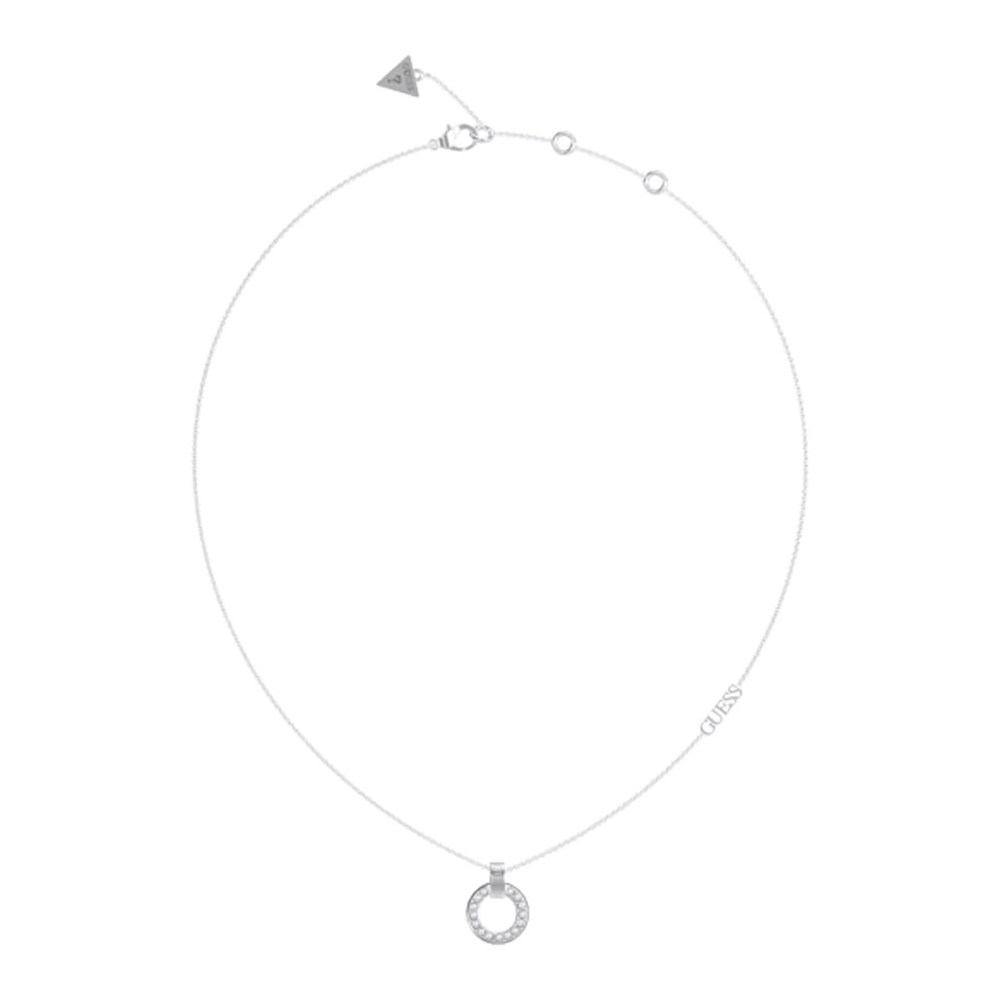
What’s the quickest way to teach 16,000 people a chant? Put it on a T-shirt.
On July 19, roughly two dozen WNBA players stepped onto the court in Indianapolis to warm up ahead of their All-Star Game wearing black T-shirts stamped with a message: “Pay Us What You Owe Us.” The sold-out arena didn’t take long to catch on, turning that message into a full-throated chant: “Pay them!”
In less than 48 hours, both slogans — “Pay Us What You Owe Us” and “Pay Them What You Owe Them” — were available on T-shirts for $32 on sports merch site BreakingT.com in partnership with the WNBA Player’s Association.
The players were protesting after what they’ve broadly described as an unproductive meeting between 40 WNBA athletes and the league working toward a new collective bargaining agreement. They opted out of their previous deal in October, and buoyed by record-breaking viewership and revenues, are pushing for higher salaries and stronger benefits.
While professional athletes and coaches have used fashion as commentary in the past, like University of South Carolina’s women’s basketball coach Dawn Staley wearing an “Everyone Watches Women’s Sports” tee last year.
The All-Star Game protest marked a shift — a sharper, more tactical use of fashion as a means for both protest and proof of market value.
“The WNBA has used fashion before to make a statement — the tunnel walks are very much a statement for every player,” said Meghan Hall, a women’s sports reporter at USA Today, who covered the All-Star game. “But this is different. This is related to their livelihood.”
More than just a revenue opportunity for the league, merchandise has become a powerful tool for players to demonstrate their worth. When a Sabrina Ionescu jersey sells out or a T-shirt slogan becomes a viral chant, it offers tangible evidence of individual and collective draw — and leverage at the bargaining table.
“It’s very clear from the All-Star game with that spontaneous chant … that there’s support for their position,” said Matt Powell, senior advisor at BCE Consulting. “That you can buy those shirts to show your support for the players, even after the moment is over … that’s a way that fashion can extend itself into supporting athletes’ causes.”
Spelling It Out
Today, the current WNBA minimum salary is about $66,000, and the maximum just under $250,000, per Spotrac, a database that tracks and analyses professional sports salaries. WNBA players earn about 9.3 percent of league revenue (estimated at roughly $200 million), compared to NBA players, whose salaries start at $1.3 million and receive around 50 percent of their league’s multi-billion-dollar revenues, according to MarketWatch.
Some of that gap is structural: The WNBA is a relatively young league, founded in 1996, and its commercial footprint is still far smaller than that of the NBA, which debuted in 1949.
But the WNBA players’ demonstration comes at a time when both the league and its players have significant wind at their backs. Viewership has skyrocketed in the past year: Last year’s season was the most-viewed across ESPN platforms with an average of 1.19 million viewers, marking a 170 percent jump from the prior year, according to the league. Halfway through the 2025 season, WNBA TV ratings are up 23 percent, with average game attendance up 13 percent and total ticket sales rising 26 percent, according to NPR.
Merchandise is keeping pace, too. Sales of player-specific items, including jerseys and T-shirts, have spiked 1,000 percent, according to Fanatics and the WNBA Store, as reported by Sports Business Journal. Sales of league-branded merchandise, such as an orange hoodie featuring the WNBA logo, are up 200 percent.
The point, as players have framed it, isn’t simply that they’d like to earn more — it’s that they’re not receiving what they already deserve. Hence, the slogan on their T-shirts isn’t “Pay Us More,” but “Pay Us What You Owe Us.”
As for the tees themselves, Powell doesn’t expect them to represent a “major revenue opportunity” for the WNBPA or BreakingT — but that’s beside the point.
“They’re going to sell a bunch of T-shirts,” he said. “But this isn’t a Supreme-type moment where people are lining up to collect.”
What it is, however, is another sign of the cultural and commercial momentum building around women’s sports — one that players can try to take to the bank.
“As the players, essentially, put their foot into fashion, you’re seeing more people wear that, too,” Hall said. “It’s, ‘how can I be aligned with the player?’ [People] are trying to feel connected to the players that they follow.”











